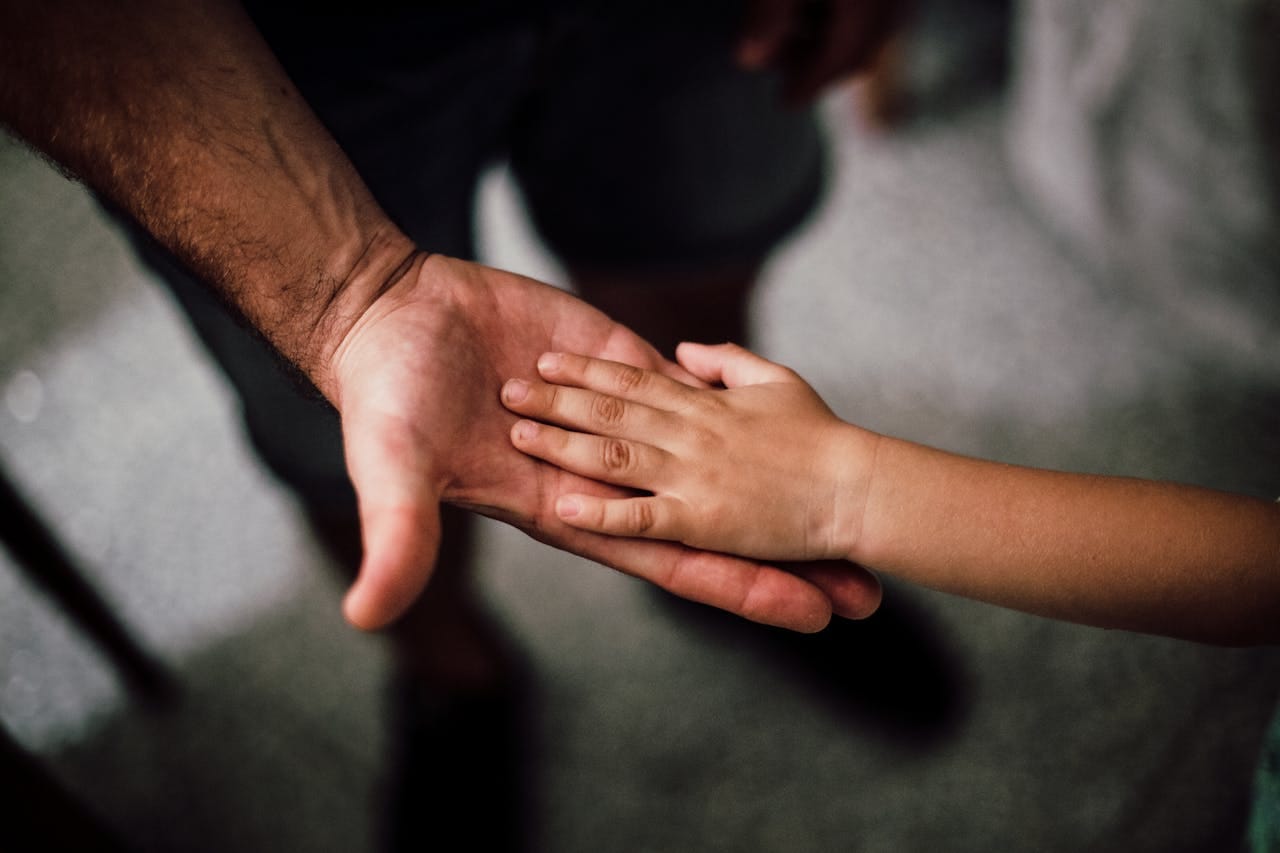Grief doesn’t always begin with a single loss we remember. For many, it began long before we had the words to name it. Children can experience grief due to early unmet needs and emotional absence or separation from caregivers. It can also form after mistreatment by peers or loved ones. This grief often lives in our inner child, the tender part of us that carries early memories, joys, and wounds.
Inner child work is a process of turning toward this younger self, listening to their story, and offering them the safety and love they may never have known. When applied to grief, it becomes a deeply restorative path, one that doesn’t erase loss, but helps us integrate it into a fuller, more resilient life.
Understanding the Inner Child’s Grief
The term “inner child” is used in psychology to represent the emotional, sensory, and relational imprints formed in early life. When children experience loss — through death, abandonment, neglect, or separation — they grieve, even if no one notices.
But unlike adults, children often lack the support or language to process grief. When a child’s feelings are dismissed or ignored, it doesn’t mean that the pain goes away. It may have been pushed down and ends up shaping their relationships, behaviors, and emotional regulation as an adult.
Signs of unresolved grief in the inner child may include:
- A deep sadness or emptiness without a clear cause
- Feeling “too sensitive” or overreactive to triggers
- Avoidance of intimacy or fear of abandonment
- Persistent guilt, shame, or self-blame
- A sense of being stuck in repetitive emotional patterns

Why Inner Child Work Helps Heal Grief
Research on adverse childhood experiences (ACEs) shows that early emotional losses impact brain development, stress regulation, and long-term physical health. The nervous system learns to stay on high alert, bracing against further loss, but this also blocks deep connection and joy.
Inner child work offers a corrective emotional experience. By compassionately reconnecting with the younger self, you can:
- Provide the safety and validation that were missing
- Process grief in ways that weren’t allowed or empowered by the adults in your life as a child
- Challenge and replace distorted beliefs (“It was my fault”)
- Build a healthier relationship with emotions and vulnerability
A recent study found that inner child work, specifically the “Healing the Child Within” method, reduced symptoms of anxiety, depression, and insomnia, and improved overall well-being for participants.
Steps to Healing Grief Through Inner Child Work
1. Create a Safe Inner Space
Before you open old wounds, establish a sense of safety. Use grounding techniques such as deep breathing, holding a comforting object, or focusing on sensory details in the present moment (e.g., notice how the carpet or chair underneath you feels). You can also comfort yourself by placing your hand on your chest and telling yourself, “It’s safe to feel this now. I am here for you.” If your grief feels overwhelming, consider working with a trauma therapist or a therapist trained in parts work.
2. Identify the Original Loss
Some losses may stand out more than others, such as a parent’s death, a family breakup, or a caregiver’s absence. Others are subtler, such as emotional neglect, being told not to cry, or feeling invisible in your own family. Instead of forcing yourself to come up with specific memories, notice moments when you feel unexpectedly small, scared, or sad. These can be entry points to the inner child’s story to bring about more awareness.
3. Let the Grief Emerge
Children grieve in waves: crying, seeking comfort, then returning to moments of play. If your grief was shut down, you may need to relearn how to let it move through you.
This can include:
- Writing a letter from your inner child about what they lost
- Speaking aloud the words you wish you could have said then
- Allowing yourself to cry or express anger without judgment
4. Offer What Was Missing
You can give your inner child the care they didn’t receive. This might mean visualizing holding them and saying, “It wasn’t your fault. You are loved.” Or creating physical comfort now by wrapping yourself in a blanket, keeping a gentle daily routine, or engaging in creative play.
5. Integrate the Inner Child into Daily Life
Healing isn’t about leaving the child behind. It’s about making them part of your whole self. That means checking in with their feelings when making choices, honoring their need for safety, and inviting them into joyful moments. Integration is the process of carrying their story without being consumed by it.
6. Seek Witnessing and Connection
Children heal best when grief is witnessed, and so does your inner child. Sharing your journey in therapy, support groups, or with a trusted friend can release the shame that keeps grief hidden.
What Healing Can Look Like
Over time, inner child work may bring:
- More patience and self-compassion
- Less intensity in emotional triggers
- Greater capacity for joy, spontaneity, and trust
- A felt sense of belonging within yourself and with other people
Healing doesn’t erase grief. Instead, it transforms it from an unbearable weight into one part of your story. Inner child work is not quick or linear. But it is profoundly healing for grief rooted in early life. It asks you to return to the places you once avoided, offering the love and understanding you didn’t get then. Caring for your inner child helps you move into more wholeness instead of trying to keep part of yourself hidden or away.

Inner Child Work in Seattle | Existential Psychiatry
If you’re ready to begin this work, Dr. David Zacharias at Existential Psychiatry offers compassionate, trauma-informed care to help you reconnect with your inner child and process grief in a safe, intentional way. For over two decades in healthcare, Dr. Zacharias has supported and guided individuals through trauma and PTSD recovery, mental health challenges, grief, personal growth, and more. He uses a patient-centered approach to empower and collaborate with individuals as they heal and reach their goals. To begin therapy or other psychiatric services, please reach out to schedule a free consultation.
Written by Existential Psychiatry Staff
References
- Felitti, V. J., et al. “Relationship of childhood abuse and household dysfunction to many of the leading causes of death in adults: The Adverse Childhood Experiences (ACE) Study.” American Journal of Preventive Medicine, 1998. Accessed August 11, 2025.
- Trivedi, G. R., et al. “Effectiveness of Healing the Child Within techniques for well-being, anxiety, and depression.” Journal of Regression Therapy, 2024. Accessed August 11, 2025.